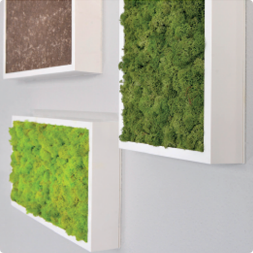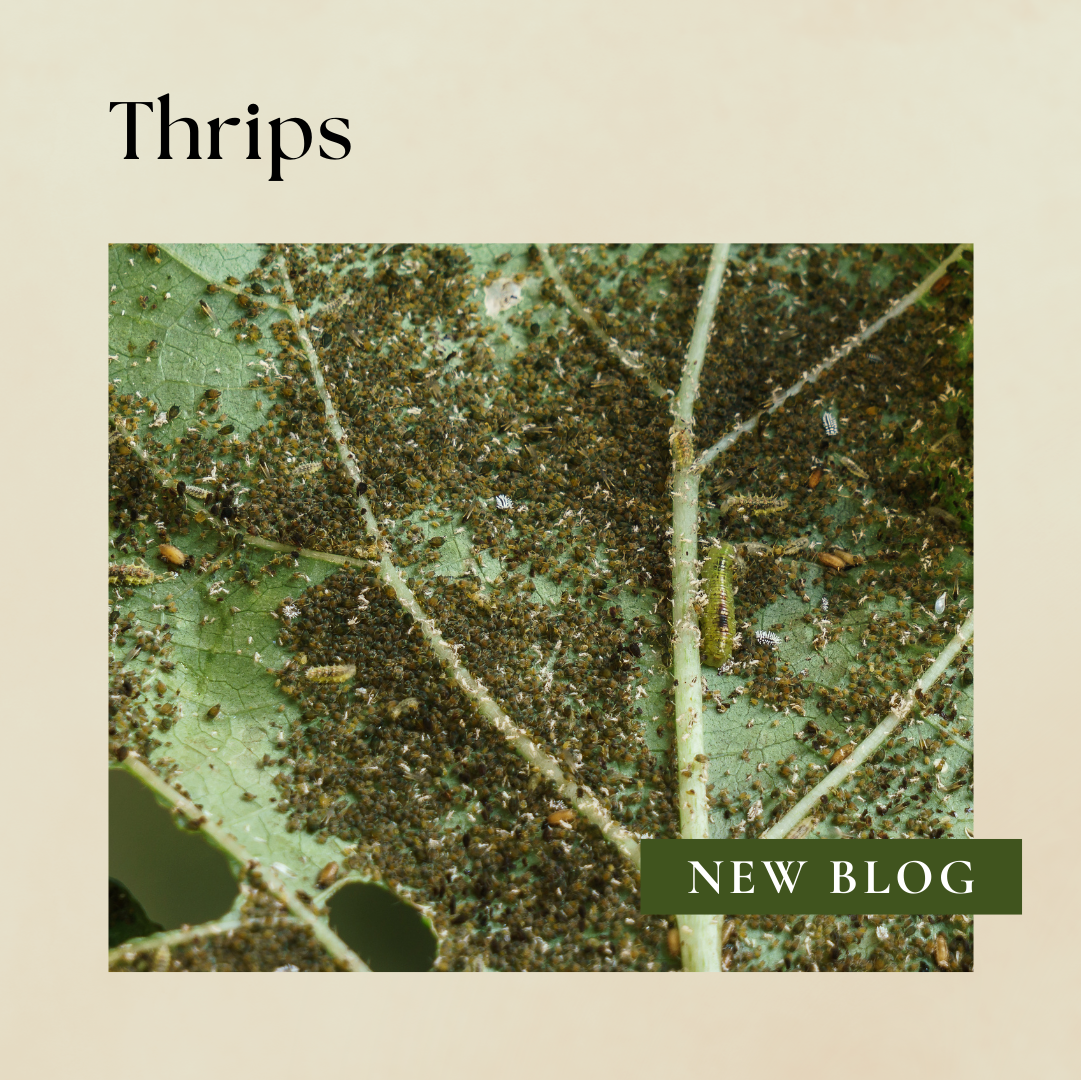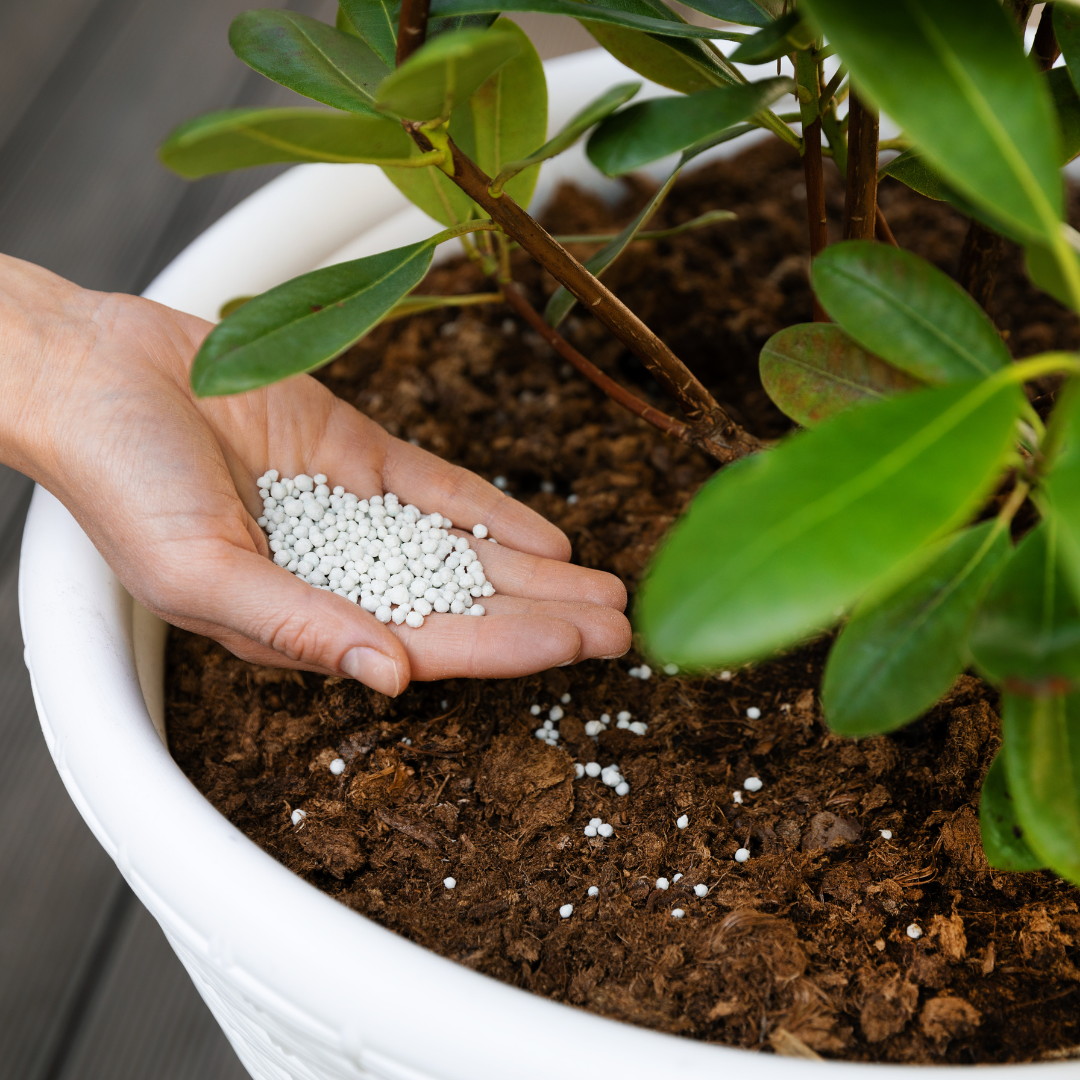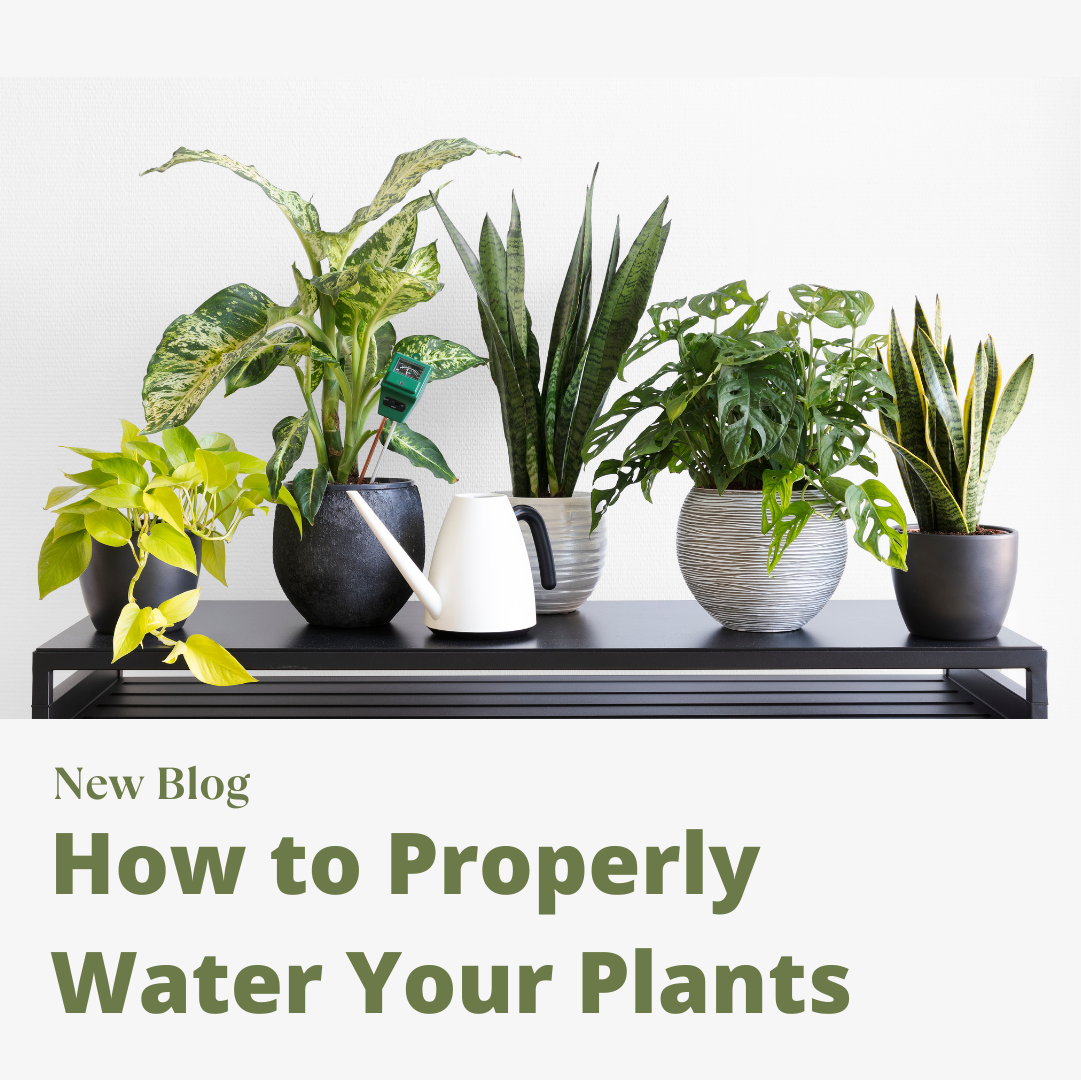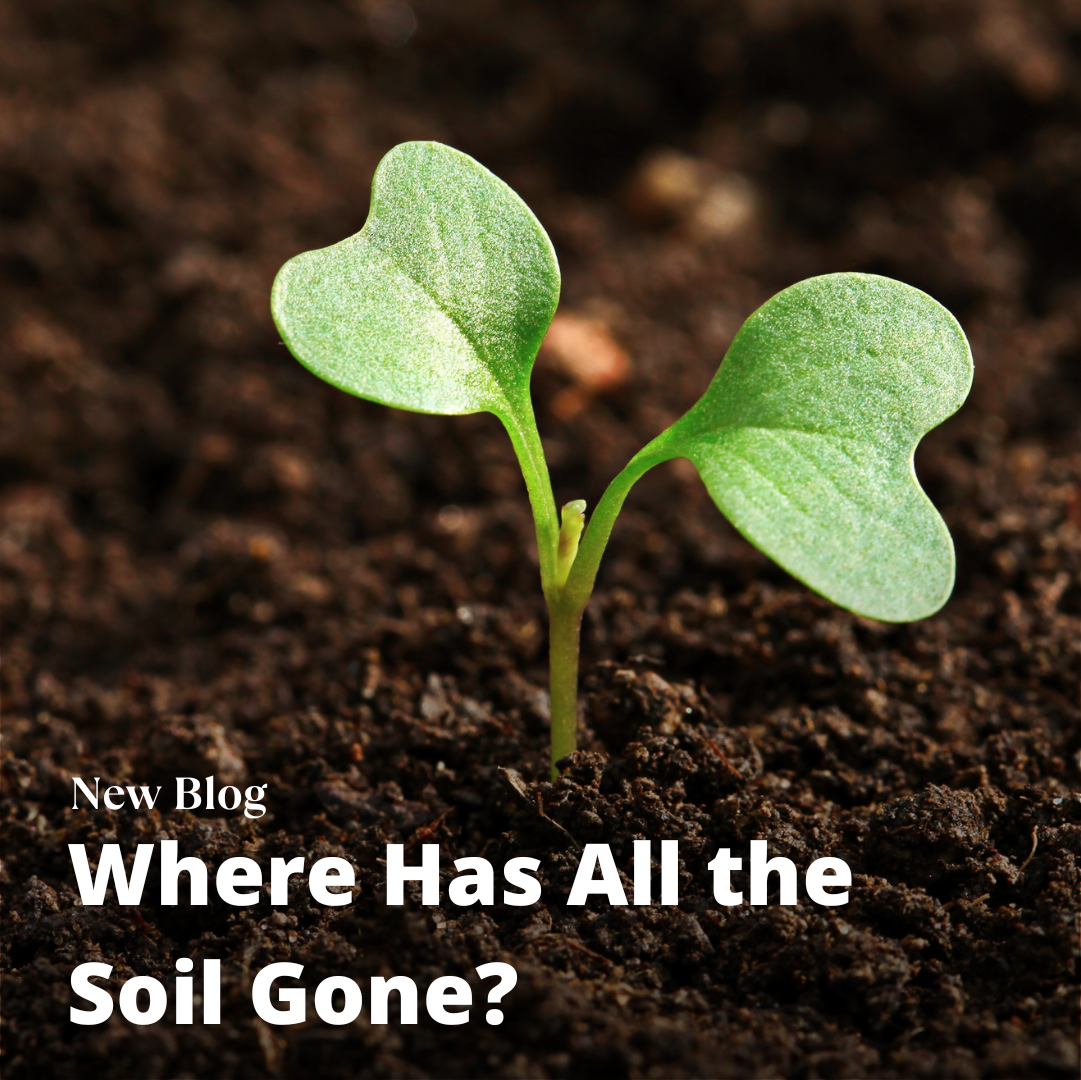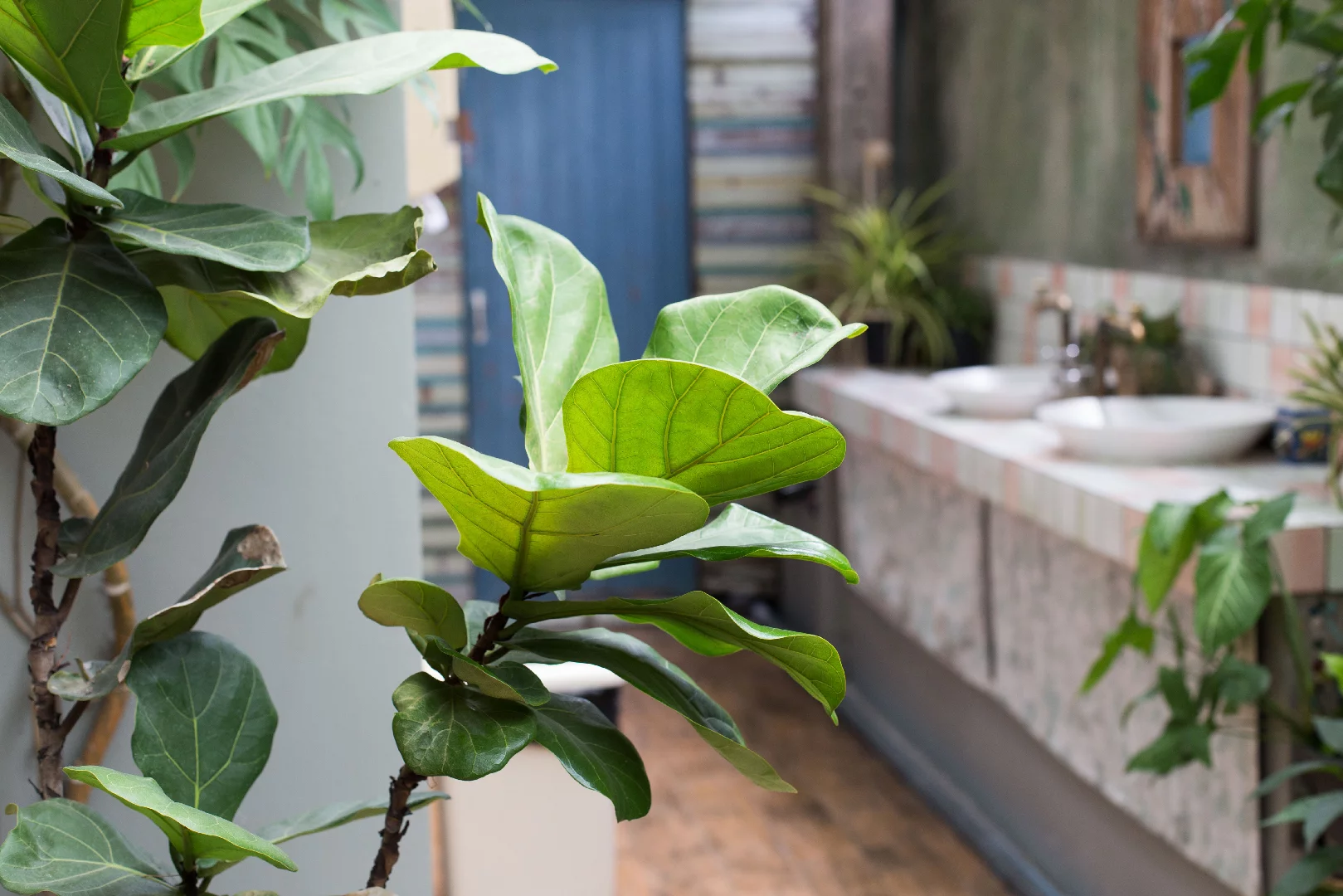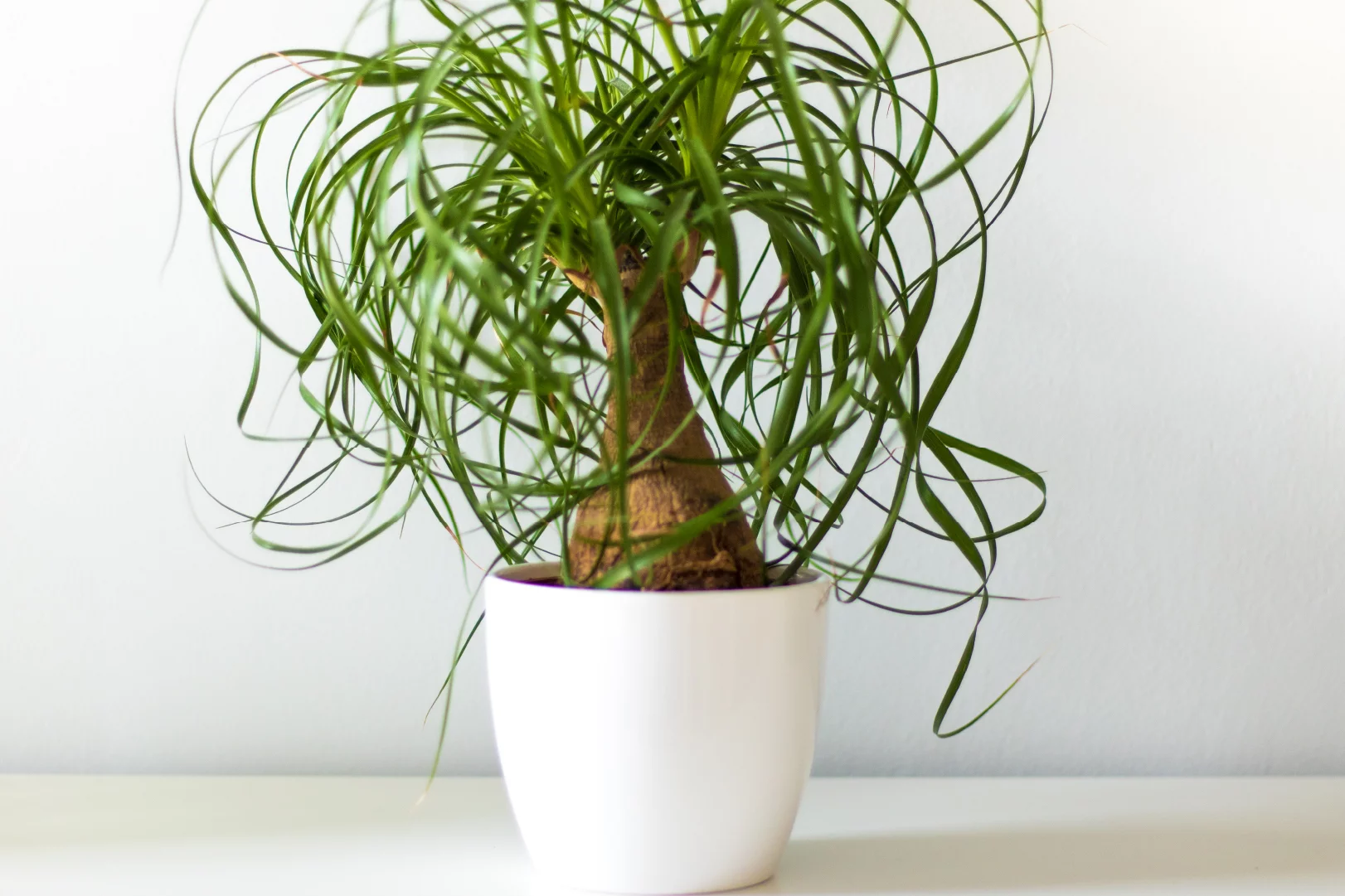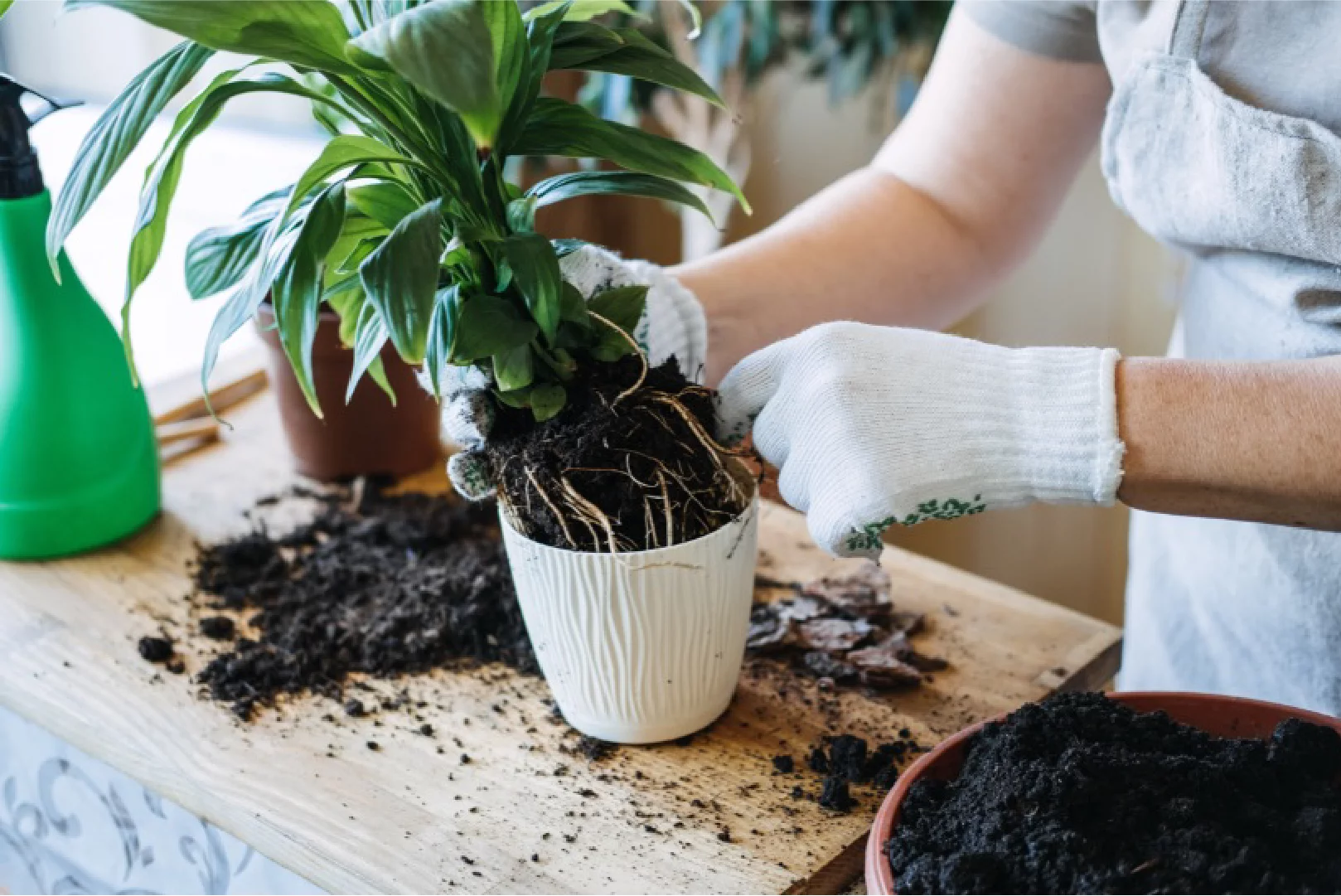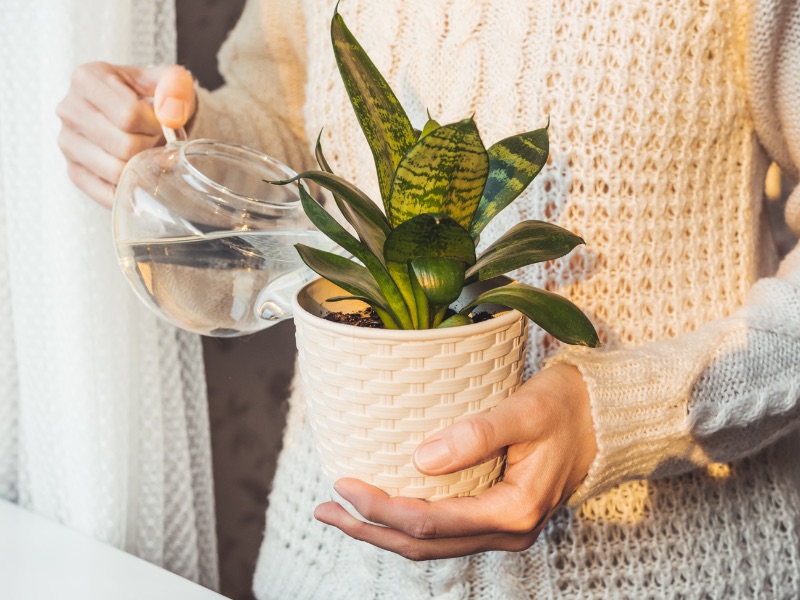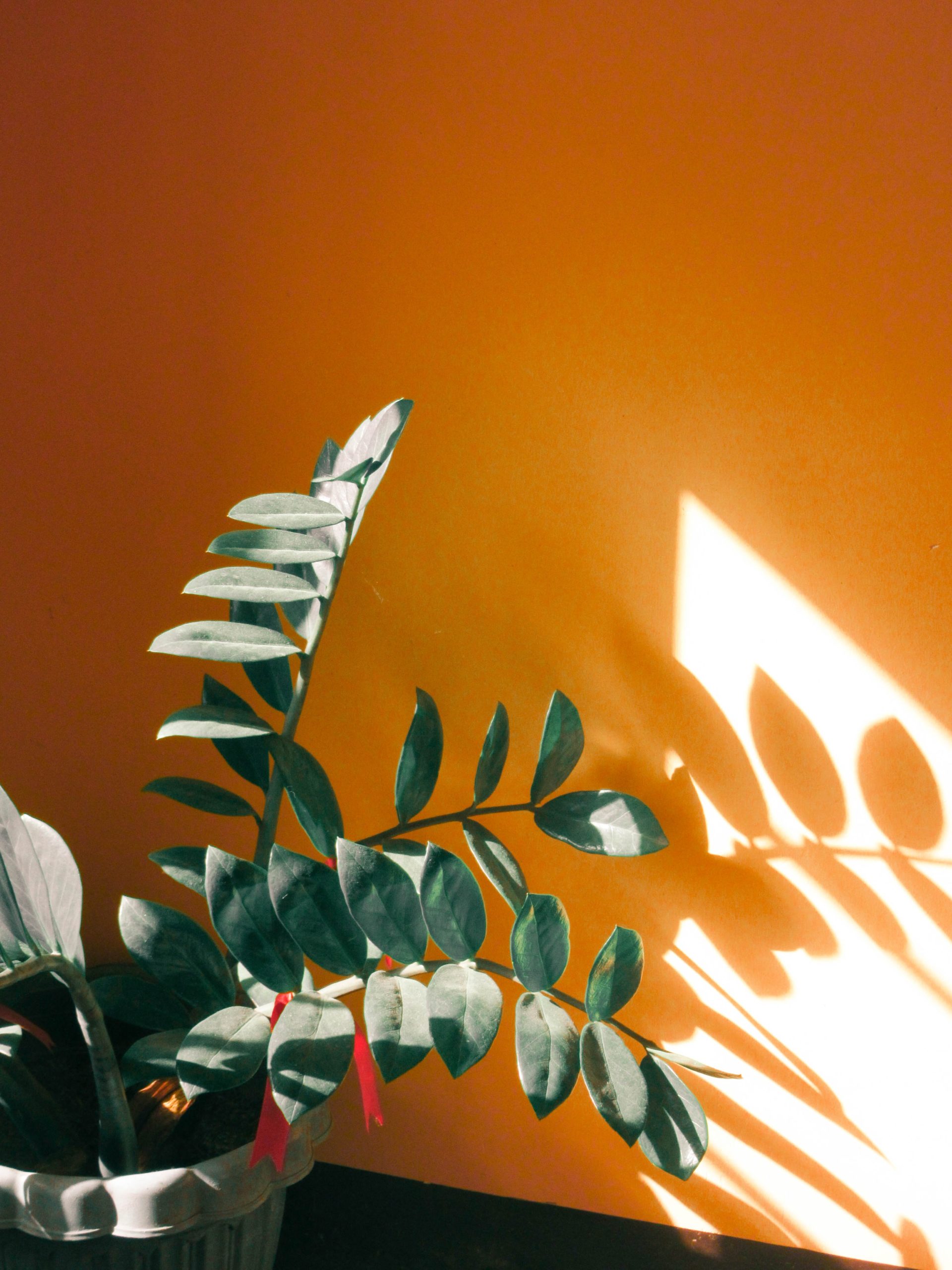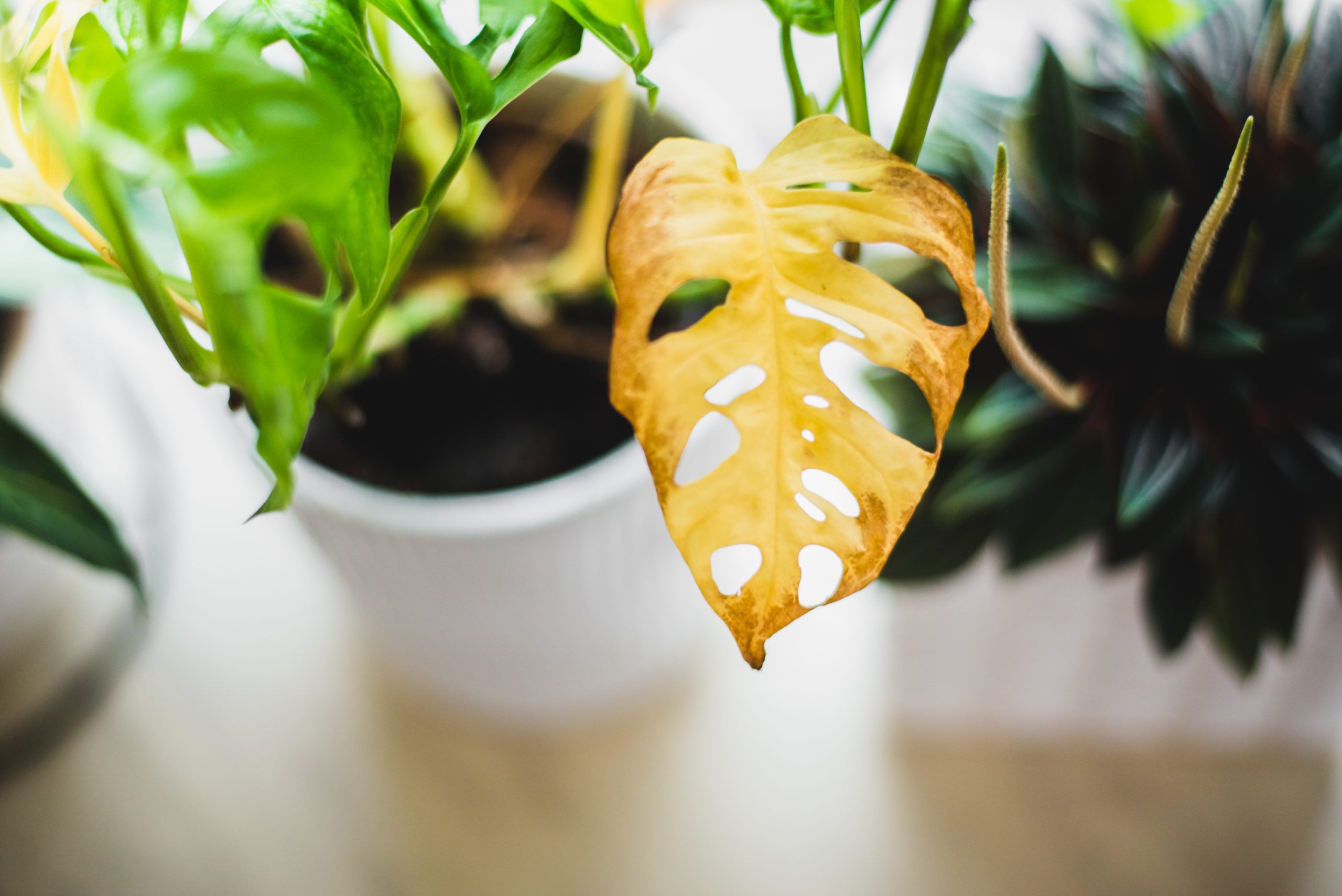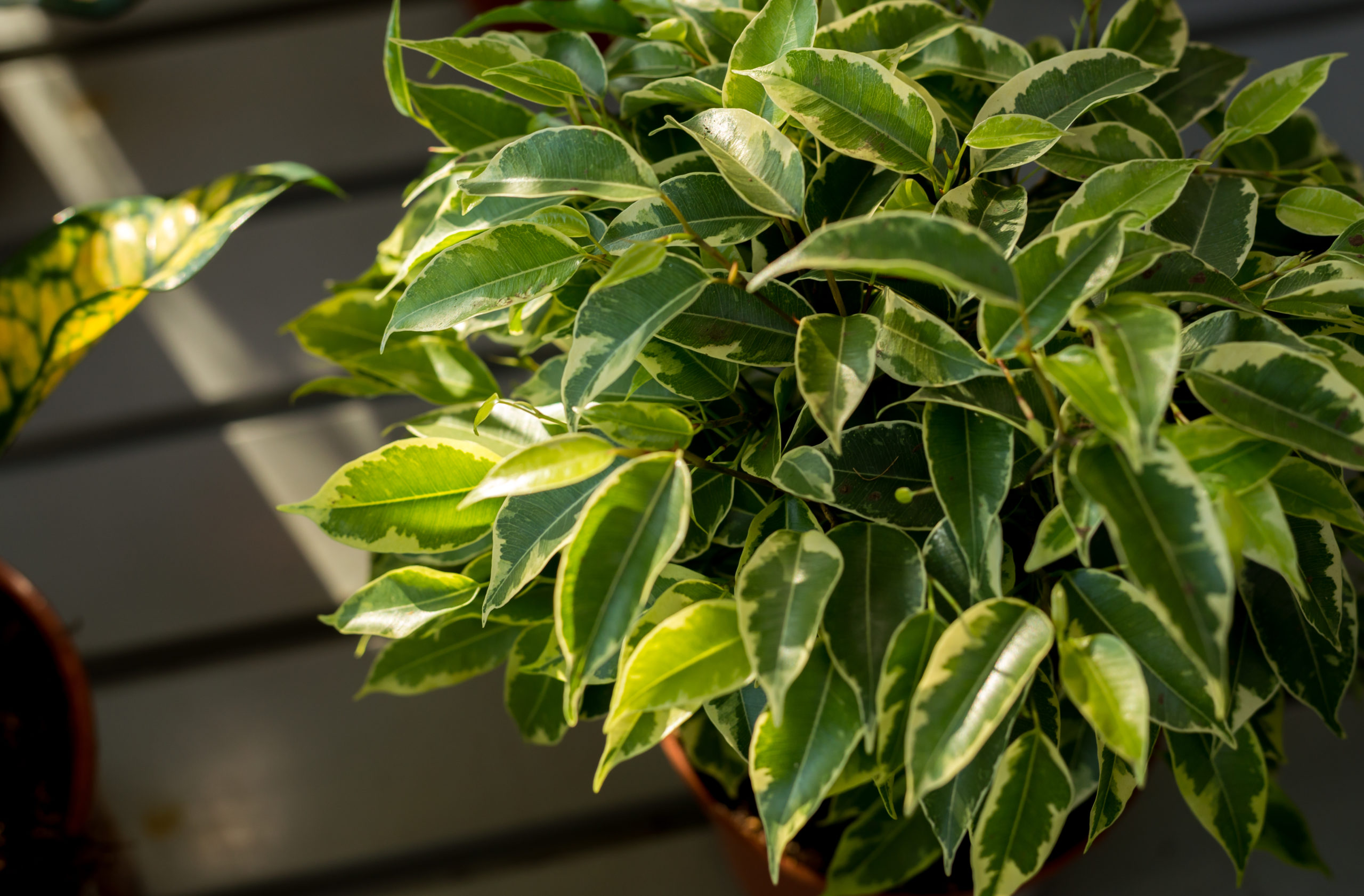If you’re like most people, you spend a significant amount of time in your office each work week. Whether you’re typing away at a computer or attending meetings, your workspace is a place where you need to be productive, focused, and motivated. One way to enhance your office environment and improve your mood is by bringing in plants. However, as many office workers have experienced, keeping plants alive and healthy in an office setting can be a challenge. Let’s explore the reasons why office plants fade and what you can do to prevent it from happening.
Overview
Often times when people think of an office plant, they conjure an image of a sad-looking potted plant sitting in the corner of a cubicle. But it doesn’t have to be that way. With a little bit of knowledge and effort, you can create a thriving indoor garden that enhances your workspace. And improves your quality of life. Whether you’re a seasoned plant parent or just starting out, a little bit of knowledge will help you keep your office plants healthy, vibrant, and beautiful.
Understanding more about the common reasons why office plants fade, including too little or too much light, improper watering, poor soil quality, and knowing how to care for your plants to ensure they stay healthy and vibrant will help you and your plant stay happy and healthy in the office, creating a beautiful and productive workspace that’s filled with the benefits of living plants.
So, whether you’re looking to add some greenery to your cubicle or want to create a lush indoor garden in your office, read on to discover why office plants fade and how you can prevent it from happening.
Top 10 Reasons Why Plants Fade
It’s not uncommon for workspaces to be stressful and tense at times. Work can be hard and keeping worker motivation and productivity levels high can be difficult. One proven way to keep things calm and workers more motivated is by including plants in the office. But those plants need to remain vibrant and healthy. Workers aren’t motivated by sad, wilting plants that lack the vibrance necessary to keep things zen. Check out the top 10 reasons why plants fade:
- Lack of Light: Plants need light to grow, and if they don’t get enough light, they will start to fade. This is especially true for office plants that may be situated far away from windows or in areas with artificial lighting that doesn’t provide enough intensity or duration. Symptoms of a lack of light include small, pale leaves, stunted growth, and stems and leaves leaning towards the source of light.
To prevent plants from fading due to a lack of light, try moving them closer to a bright window or providing additional artificial light sources, such as grow lights. If you’re unsure how much light your plant needs, do a little research on the specific plant and adjust the lighting accordingly.
- Too much light: Because everything needs balance, just as a lack of light can harm your plants, too much light can also be detrimental. Plants that are exposed to too much direct sunlight can experience sunburn. Which causes the leaves to turn crispy and brown and may lead to leaf drop. Some plants can also become dehydrated if they’re exposed to too much light, which can cause their leaves to wilt.
To prevent plants from fading due to too much light, try moving them away from direct sunlight or providing shade. You can also use a sheer curtain to filter the light and reduce its intensity.
- Lack of water: Plants need water to survive, and if they don’t get enough, they’ll start to fade. Symptoms of a lack of water include wilted leaves, yellowing or browning of leaves, and stunted growth.
In order to prevent plants from fading due to a lack of water, make sure to water them regularly and consistently. Pay attention to the specific water needs of each plant and adjust accordingly. Some plants may need more water than others, and factors such as temperature and humidity can also affect their water requirements.
- Too much water or poor drainage: While plants need water to survive, too much water can be just as harmful as too little. Overwatering or poor drainage can lead to root rot, which will cause the plant to wilt and fade. Symptoms of overwatering or poor drainage include yellowing leaves, soggy soil, and a foul smell.
Prevent plants from fading due to overwatering or poor drainage by making sure to only water them when the soil is dry to the touch. Avoid leaving plants in standing water or using pots without drainage holes. If you’re unsure about the drainage quality of your potting soil, consider using a soil mix specifically designed for indoor plants that may contain special mediums for moisture control.
- Too much heat: Plants can be sensitive to high temperatures, especially those that are situated in direct sunlight or near heat sources such as radiators or heating vents. Symptoms of too much heat include wilted leaves, brown or scorched patches on leaves and will drop.
To limit fading due to too much heat, try moving them away from direct sunlight or heat sources. You can also use a fan or air conditioning to cool the surrounding area and provide better air circulation.
- Drop in temperature: Just as high temperatures can harm plants, a sudden drop in temperature may also cause them to fade. This is especially true for plants that are sensitive to cold or frost, such as tropical plants. Symptoms of a drop in temperature include wilting, leaf drop, and discoloration.
Limit fading due to a drop in temperature by keeping plants in a location with stable temperatures. Avoid placing plants near drafty windows or doors and consider using a space heater or insulation to keep the surrounding area warm.
- Lack of fertilizer: Plants need nutrients to grow and thrive, and if they don’t get enough of these nutrients, they may start to fade. Symptoms of a lack of fertilizer include stunted growth, yellowing leaves, and a lack of flowers or fruit.
To ensure your plant is receiving enough nutrients, consider fertilizing it with a plant-specific fertilizer every few weeks. Be sure to follow the instructions on the fertilizer package and avoid over-fertilizing, which can be just as harmful as under-fertilizing.
- Too much fertilizer: While a lack of fertilizer can cause fading, too much fertilizer is also a problem. Over-fertilizing may burn the roots of the plant and cause the leaves to turn brown and fall off.
To avoid over-fertilizing, be sure to follow the instructions on the fertilizer package. And avoid applying too much fertilizer at once. Additionally, consider using a slow-release fertilizer, which releases nutrients over a longer period of time.
- Salts accumulating in potting soil because of alkaline water: When you water your plants, the water evaporates, but the minerals in it don’t. Over time, these minerals build up in the soil and become toxic to your plants. If you live in an area with hard water, high in minerals like calcium, magnesium, and sodium, you may notice a white crust on the surface of the soil. This is a sign that salts are accumulating.
The accumulation of salts in the soil can cause the roots of your plants to dry out and die, leading to faded and yellowing leaves. If you suspect that your plants are suffering from an accumulation of salts, you can flush the soil by watering your plants heavily. You can also use distilled water or rainwater to prevent the buildup of salts in the soil. If you opt to use tap water, let the water sit for 24 hours before watering to allow the minerals to settle.
- Lack of humidity: Plants need a certain amount of humidity to thrive. If the air in your office is dry, it can cause the leaves of your plants to dry out and fade. This is especially true in the winter when the air tends to be drier.
To increase the humidity around your plants, you can use a humidifier or place a tray of water near your plants. You can also group your plants together to create a microclimate that is more humid. Misting plants regularly and ensuring they are places away from heat sources will help improve humidity for your plants.
Paying attention to your plants and catching the problems before they cause significant damage to your office plants will make sure the plants recover quickly and provide clean, fresh air and stress-free vibes for your office workers.
Conclusion
Faded and dying plants can make an office feel lifeless and dreary. However, it is important to understand that fading is a natural process that occurs when the plant is not receiving the optimal conditions it needs to thrive. But the good news is that with a little care and attention, you can keep your office plants healthy and vibrant.
First, it is essential to provide adequate lighting for office plants. As mentioned earlier, plants need a specific amount of light to survive. And too much or too little can be detrimental. It is recommended to place the plant in a location that receives bright but indirect sunlight. And to rotate it periodically to ensure even exposure.
Second, proper watering is crucial to prevent fading. Overwatering or underwatering can both lead to fading, and it is essential to find the right balance. Office plants should be watered when the top inch of soil feels dry to the touch. And the water should be allowed to drain out of the pot completely. So as to prevent the roots from sitting in standing water.
Third, it is important to provide proper drainage for office plants. Poor drainage can cause water to accumulate in the soil, leading to root rot and ultimately fading. Make sure the pot has drainage holes and that excess water is drained away from the plant.
Fourth, maintaining an optimal temperature for the plant can prevent fading. Many office plants are sensitive to extreme temperatures and prefer a temperature range of 60-75 degrees Fahrenheit. It is important to avoid placing plants near heating or cooling vents or drafty areas.
Fifth, providing the right amount of fertilizer can also help prevent fading. Plants require nutrients to grow and thrive, and a lack of fertilizer can cause fading. However, it is important not to over-fertilize, as this can lead to nutrient burn and ultimately fading. Follow the instructions on the fertilizer package and only apply as recommended.
Sixth, using alkaline water can cause salts to accumulate in the potting soil, leading to fading. To prevent this, use distilled water or collect rainwater for your plants.
Finally, maintaining proper humidity levels can also help prevent fading. Many office environments have low humidity levels, which can cause the leaves to dry out and fade. Consider using a humidifier or placing a tray of water near the plant to increase humidity levels.
Office plants provide a plethora of benefits, from improving air quality to reducing stress levels. However, to enjoy these benefits, it is important to provide the proper conditions for your plants to thrive. By understanding the common causes of fading and taking steps to prevent it, you can ensure that your office plants stay healthy and vibrant for years to come. Remember, proper lighting, watering, drainage, temperature, fertilization, water quality, and humidity are all important factors to consider when caring for your office plants.
Of course, if the maintenance and care for office plants seems overwhelming, hire a top-notch plant service to take that stress off of your plate. PLANTZ will work with you to design the right mix of plants and planters that will thrive in your office environment. Allowing you and your workers to connect with nature while remaining productive. Our green teams work with a wide range of plants to ensure the right plants are in the right space. Even better, the PLANTZ team will maintain and care for your office plants. Letting you reap the benefits of indoor plants with none of the work.
If you’re tired of watching your office plants wither and fade away, don’t give up! Simply, let PLANTZ do the work for you. Don’t let another leaf drop. Head over to Plantz.com and see what our green team can do for your office space!
F.A.Q.’s
1. How often should I water my office plants?
A: The necessary watering frequency for office plants varies depending on the type of plant. And the amount of light and humidity it receives. In general, it’s best to let the top inch of soil dry out before watering again. However, some plants like succulents or cacti can go weeks without watering. While others like ferns or peace lilies need to be watered more frequently.
2. Can I place my office plants near a window with direct sunlight?
A: While some office plants require direct sunlight, others can be harmed by too much sun exposure. If your office has a lot of natural light, it’s best to place your plants a few feet away from the window to avoid direct sun exposure. Alternatively, you can use sheer curtains or blinds to filter the sunlight.
3. How do I know if my office plant is getting enough humidity?
A: Office environments can be very dry due to air conditioning and heating systems. You can tell if your plants need more humidity if their leaves start to turn brown or crisp at the edges. To increase humidity, you can place a tray of water near your plants or invest in a humidifier. Also ensure your plants are out of the direct path of vents.
4. Should I fertilize my office plants?
A: Yes, fertilizing your office plants can help promote growth and prevent fading. However, it’s important not to over-fertilize, as this can also harm your plants. It’s best to follow the instructions on the fertilizer package and only fertilize during the plant’s active growing season.
5. How do I prevent pests from damaging my office plants?
A: Pests like spider mites, mealybugs, and scale insects can damage your office plants and cause them to fade. To prevent pests, make sure to regularly inspect your plants for signs of infestation. And treat them as soon as possible. You can also use natural pest control methods like neem oil or insecticidal soap.









